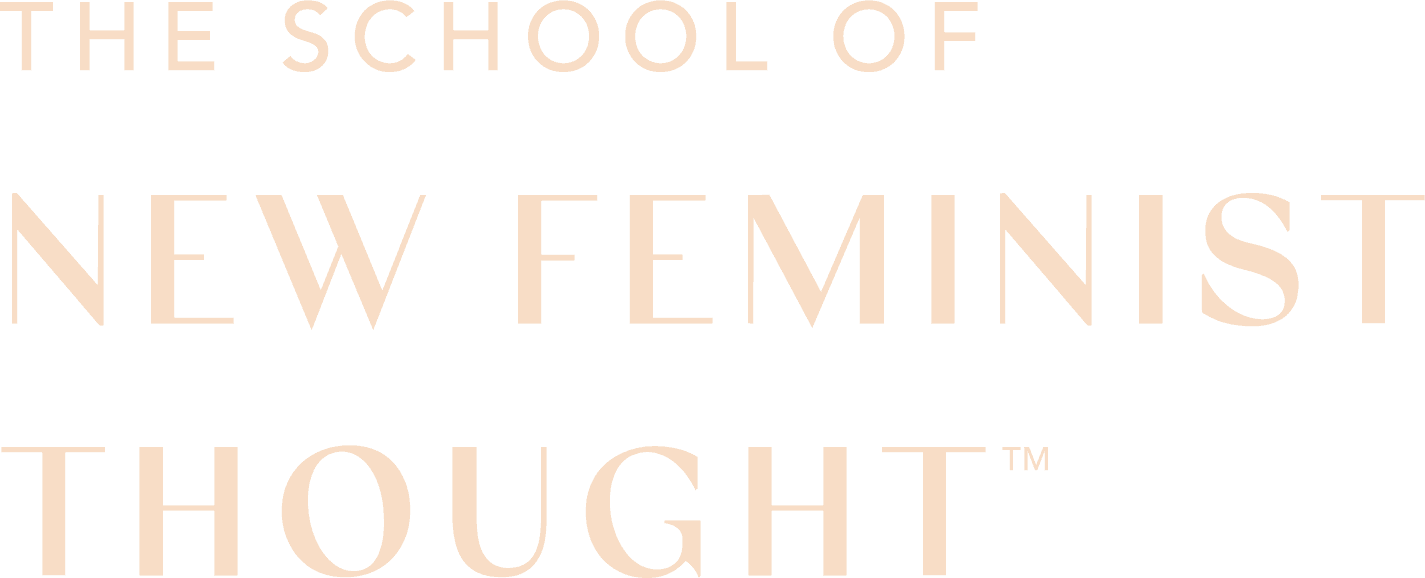Do you feel anxious if your space is too “cluttered?”
Do you wish your home were more like those pictures of light-filled white rooms you see on Instagram?
Do you think that if you could just get your sh*t together your life and space would be orderly, more refined, and less messy?
There is a very popular trend toward minimalism in the life coaching, influencer, and online lifestyle worlds.
At first glance, this trend is about nothing more than aesthetic preference.
Some people prefer vibrant colors and busy prints and full homes, while others prefer a more restrained and minimal aesthetic.
But as with any other preference, I always recommend asking yourself why you have it…because what seems like a simple matter of taste actually exists in a broader social context.
American minimalism started as an art movement after WWII and has evolved to mean anything stripped down to the essentials. As a lifestyle, it can mean anything from a simplified aesthetic to literally using as little as possible in some area of your life. It’s all about refining things down to the simplest form – not ornate or flowery. Spare. Simple. Restrained.
Why is it so popular?
For one thing, we live in a consumerist culture where we are subjected to constant advertising encouraging us to consume our way to happiness. It’s easy to end up with mountains of things we don’t particularly like, want, or need…so it can be valuable to edit our belongings. Versions of minimalism that focus on owning a few high-quality things that you love may have emerged as a way of managing that overwhelm.
Exercising control over our physical surroundings or wardrobe can also give us a feeling of certainty in an uncertain world.
Neither of these are bad reasons for being minimalist and if it happens to be your style preference, knock your (off-white, bamboo fiber) socks off.
But it’s still important to understand the context and implications of minimalism.
Because it’s no coincidence that minimalism often appears in women’s lifestyle spaces and that its messaging echoes a lot of patriarchal messaging we are socialized to believe: That women should restrict themselves, take up less space, blend in, and signal virtue and purity.
Minimalism is like an environmental diet, and just like with food restriction, it can take on a moralistic component.
I have coached a number of women on their anxiety and guilt over “breaking” their minimalist rules or not being a good enough minimalist – just as I’ve coached women who are moralizing their decision to eat a slice of cake or order pasta at a restaurant.
In that light, minimalism is yet another example of society telling women to control ourselves. To restrict ourselves. To make ourselves smaller. To be more “elegant,” which is usually defined in classist and often racist terms.
We live in a society where women are often told to restrain themselves, to control themselves, to quiet their messy humanness in order to signal their virtue.
And if your decorating lifestyle principles create guilt and shame when you don’t follow them, there’s something worth investigating.
We always need to interrogate our preferences and make sure that they actually ARE just preferences and that if they have moralistic underpinnings, we AGREE with those underpinnings – because even our aesthetic taste exists in the context of a patriarchal, heteronormative, white supremacist society.
I’m not saying there’s anything wrong with spending a weekend Kondo-ing your space.
But before you do that, I want you to consider the opposite. I want you to consider the value of MAXIMALISM.
Maximalism isn’t about indiscriminate consumption and hoarding.
It’s about abundance. Variety. Vibrancy.
I don’t want to eat the same three foods every day so that I have a “pure” and “simple” routine. I want to eat all the delicious foods that the world has to offer.
I don’t want to wear the same four pieces of neutral-colored clothing for the rest of my life.
I want to have many pieces of clothing that I love, in vibrant colors and fabrics, in different shapes and silhouettes.
I want to live in a space that has color and variety, that looks lived-in by a real human with real experiences and preferences and taste, and not like a carbon copy of another Swedish design-themed Instagram post.
I want to love many people and have a lot of different experiences.
Maximalism is not morally superior to minimalism or vice versa.
If you simply prefer the minimalist aesthetic because you find it appealing, there’s nothing wrong with that.
But if you’re using your minimalism as a source of control, as a way to prove your worth or virtue, to signal your virtue for restraining yourself?
Then it’s worth understanding that and exploring where that messaging came from and whether you want to keep it.
There can be peace in simplicity.
But there can also be joy in variety and abundance.
Maximalism isn’t code for binging or indiscriminate consumption.
It still means thinking about what I eat, or what I purchase, or what I wear, or where I live.
It still means choosing those things on purpose.
It isn’t about clutter or greed.
But it’s also not focused on being as small as I can be, having as little as I can, being as restrained as I can.
It’s based on what will bring me joy, delight, fulfillment, and vibrancy. It’s about taking up space, living life fully with zest and vigor.
It’s about saturating my life, not controlling it.
Consider allowing yourself to have a big appetite for life. Allowing yourself to take up space. To be colorful and loud and even what some may interpret as messy and chaotic, if that is beautiful to you.
Be magnificent. Be abundant. Take up space. Live out loud. These are all radical things for women to do. Don’t just maximize your space. Maximize your LIFE.
